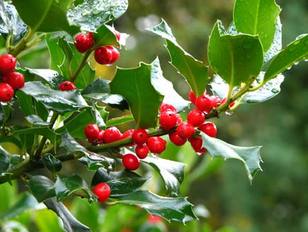History of St. Columba's
For over 1300 years the Church of St Columba has had a presence in the town, though it has only borne his name for the last 700 or so. Tradition has it that St Columba himself founded our church — a tradition which may well have some truth in it since, as far back as 711 AD, only 114 years after his death in 597 AD, mention is made of a church here in Largs. |
|
By the year 1253 there is evidence to confirm that the first recorded incumbent of the church was William de Kilkenni, Bishop of Ely. In 1318 the Church of Largs was given to the monks of Paisley Abbey and served the Abbey thereafter till the Reformation in the mid 16th Century - complete in Scotland by 1560. Graham, our present minister is, as far as we know, the 49th incumbent of St Columba's Church. |
|
The original church was in the centre of the town and nowadays the only visible part remaining is the Skelmorlie Aisle. Adjacent to the church, on a site which is now Manse Court, was the manse, occupied by ministers of St Columba's from 1560 to 1762. This was for a time the home of one of St Columba's most famous ministers, the Reverend William Smith. |
|
During a terrible outbreak of Plague in the 1640s the people fled from the town to the district of Outerwards in Brisbane Glen, to the north-east of the town. Their minister, William Smith, went with them and supported them till he too fell victim to the disease. He died at Middleton Farm in September 1647, aged just 28. Tradition affirms that, when Smith lay dying, he prophesied that if two holly trees were planted at his grave, one at his head, the other at his feet, and never allowed to meet, the Plague would never again return to Largs. Needless to say, the local council keep the trees well pruned! |
|
It, too, was demolished and replaced by the present building in 1892. Built of Ballochmyle sandstone and with a 150 feet high clock tower, the new church pictured here is a prominent local landmark. The interior of the church is spectacular, boasting a magnificent and renowned organ, beautiful carved wood and glorious stained glass windows. |
As in the past, so into the new millennium, St Columba's will change and evolve to meet the needs of the community. However, much more important than all its beauty and history, we hope that here in St Columba's you will find fellowship with us and experience the living presence of the Holy Spirit and the peace and joy that only God can give.





